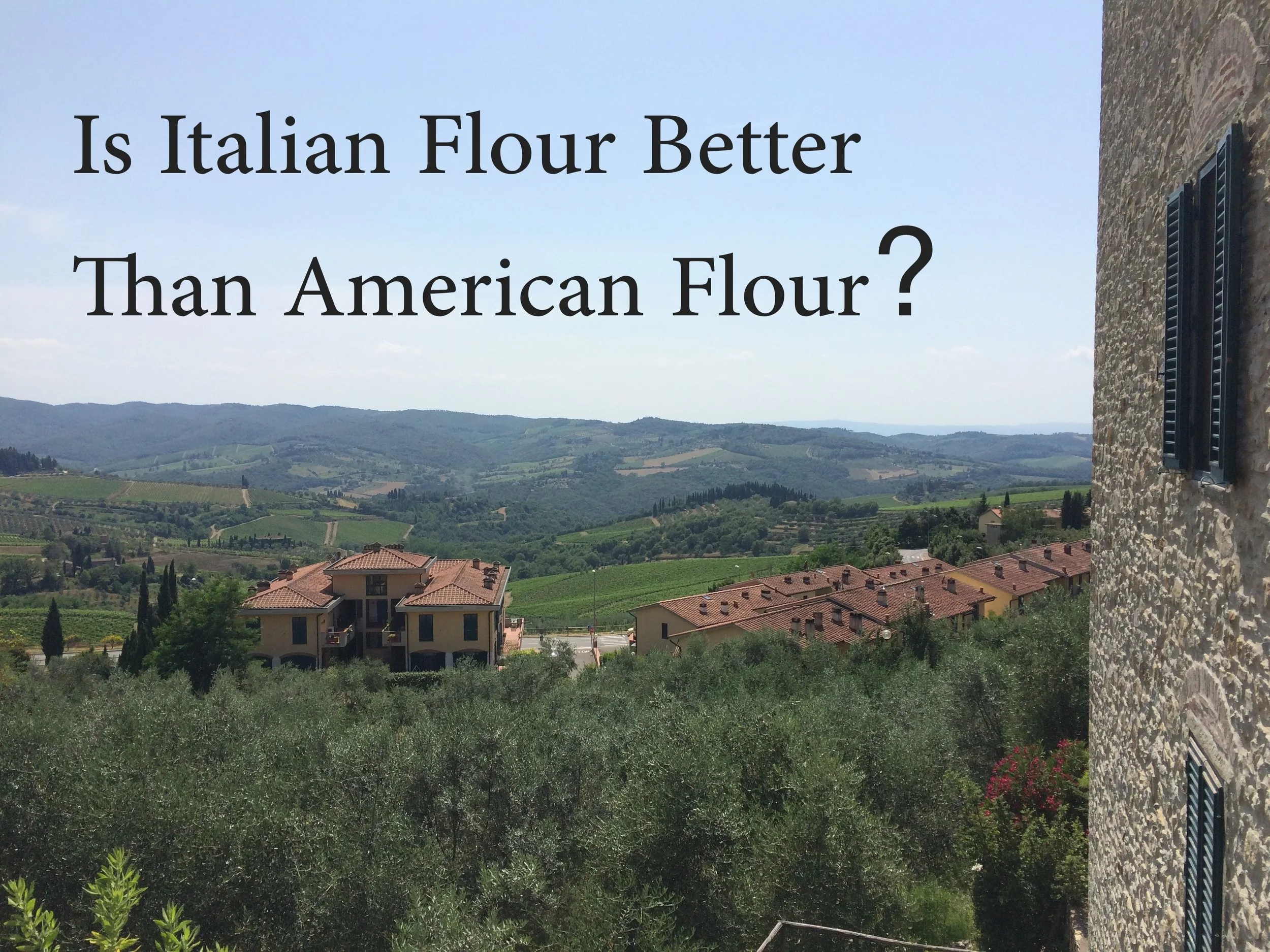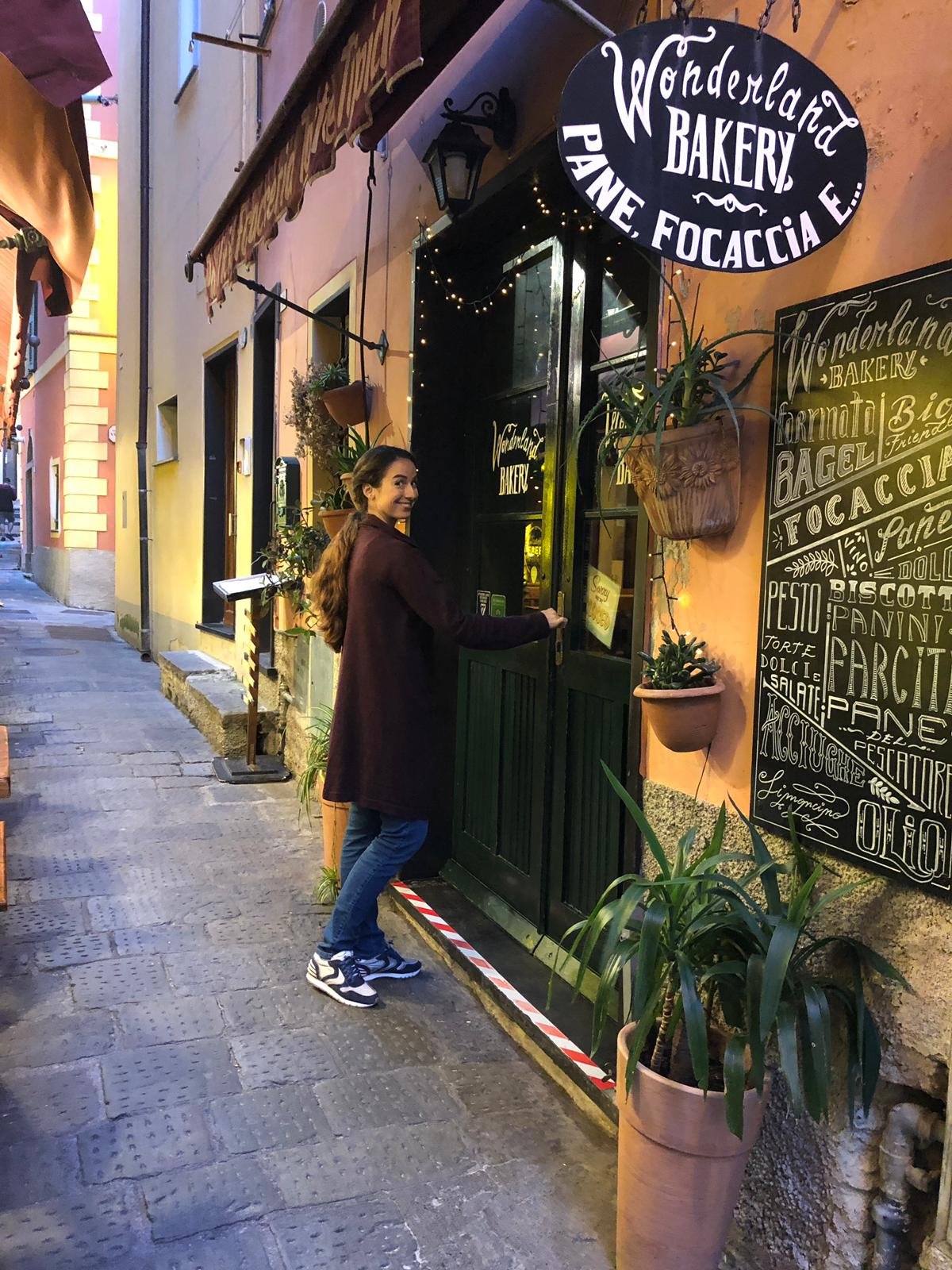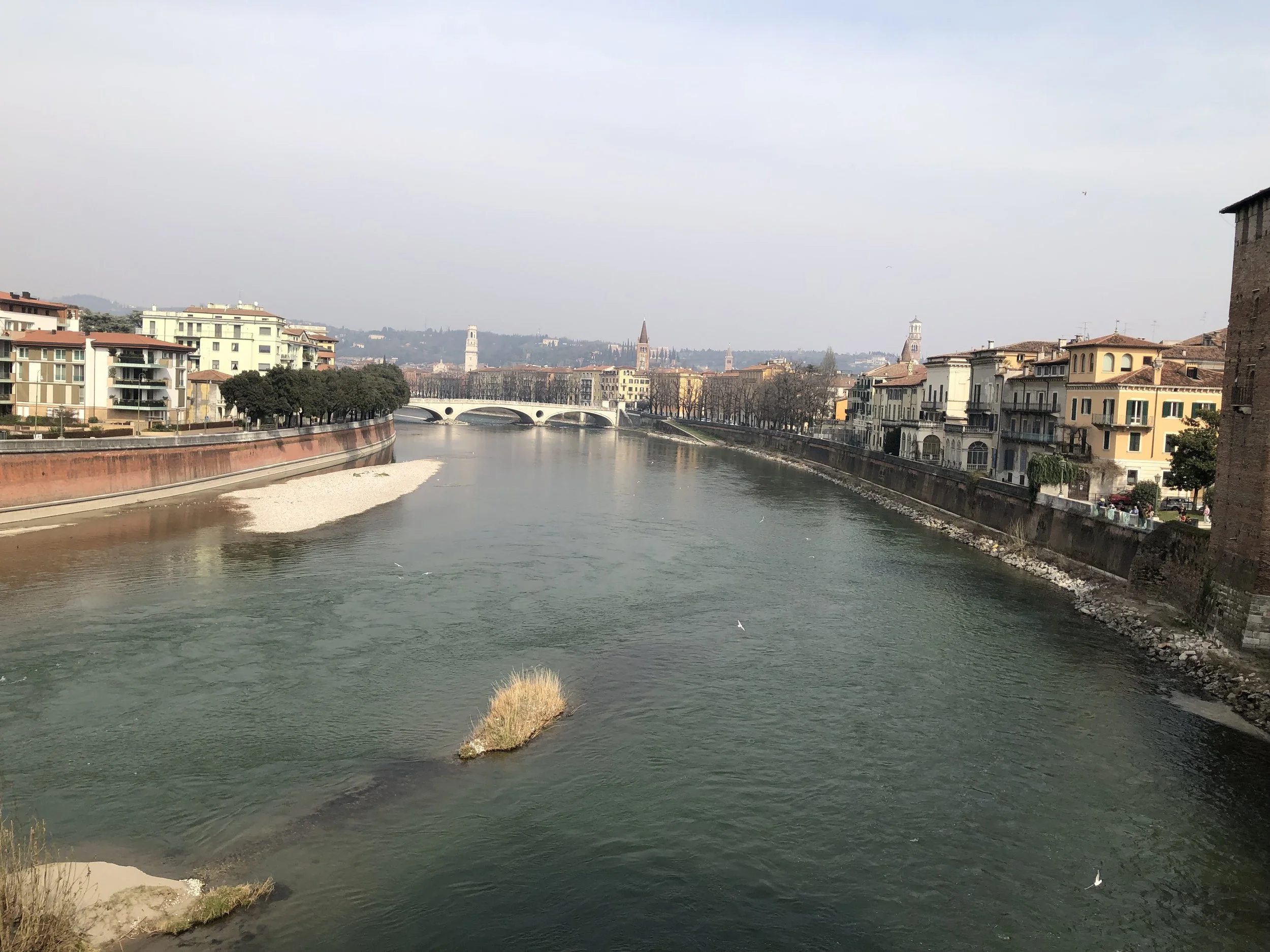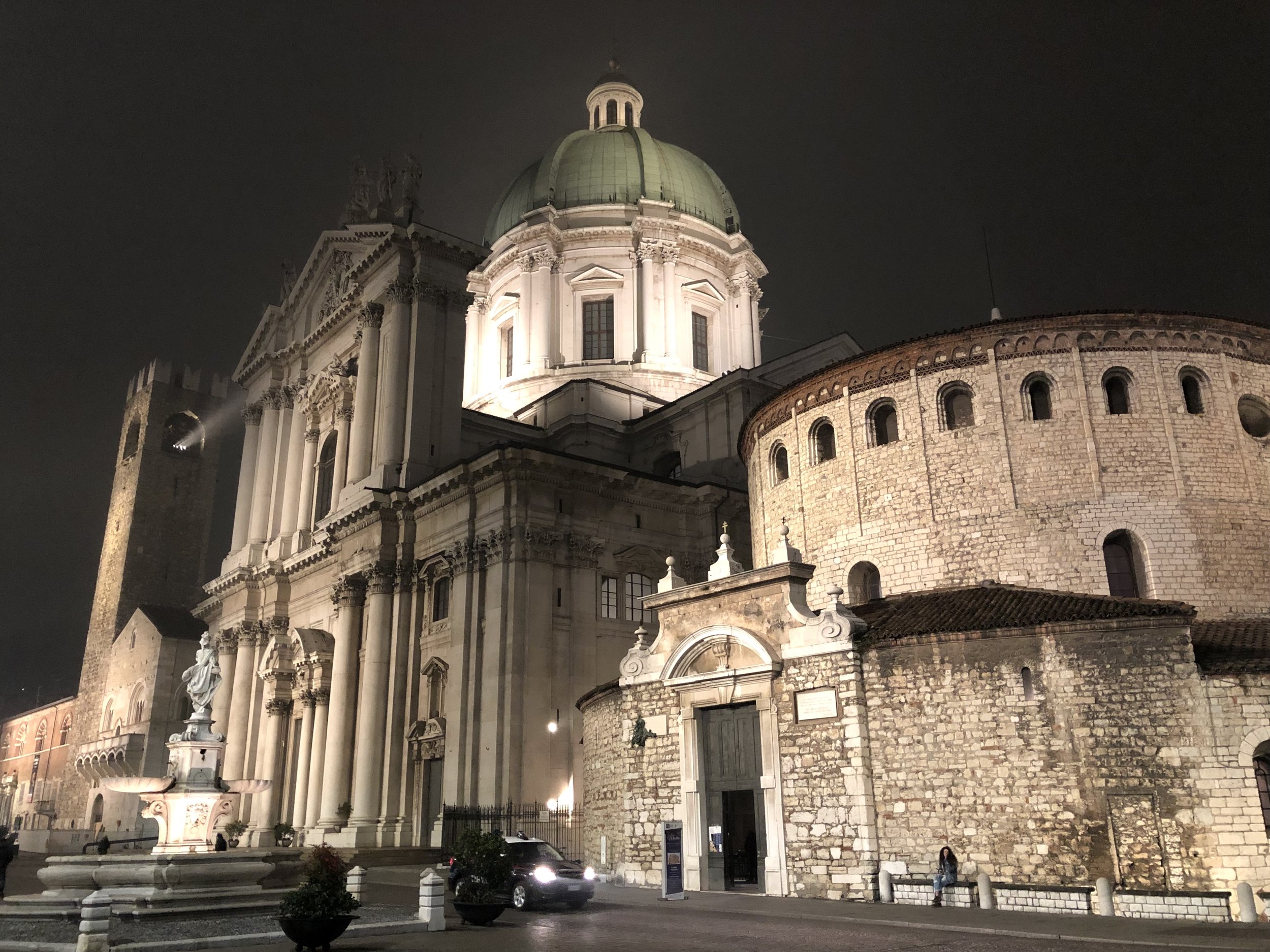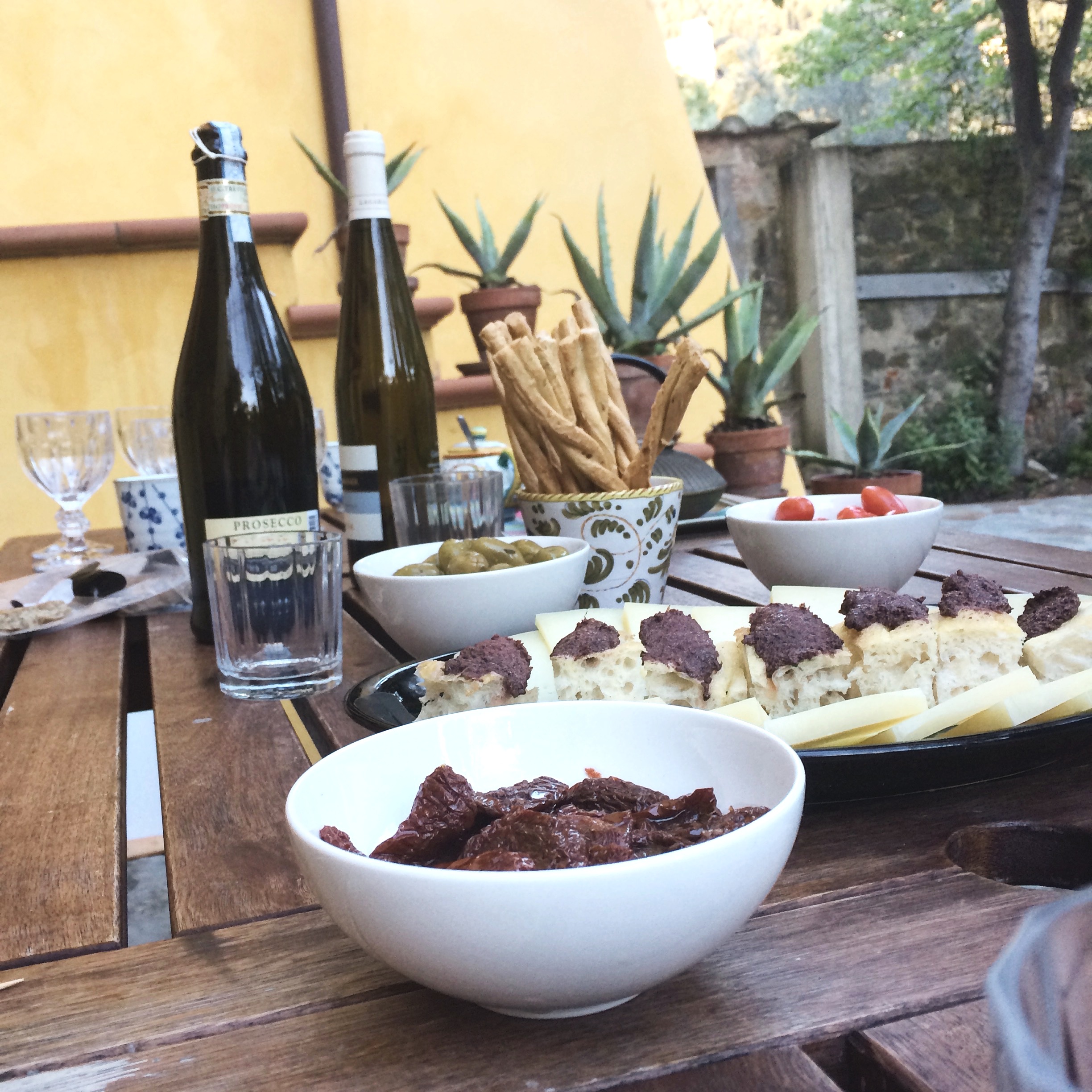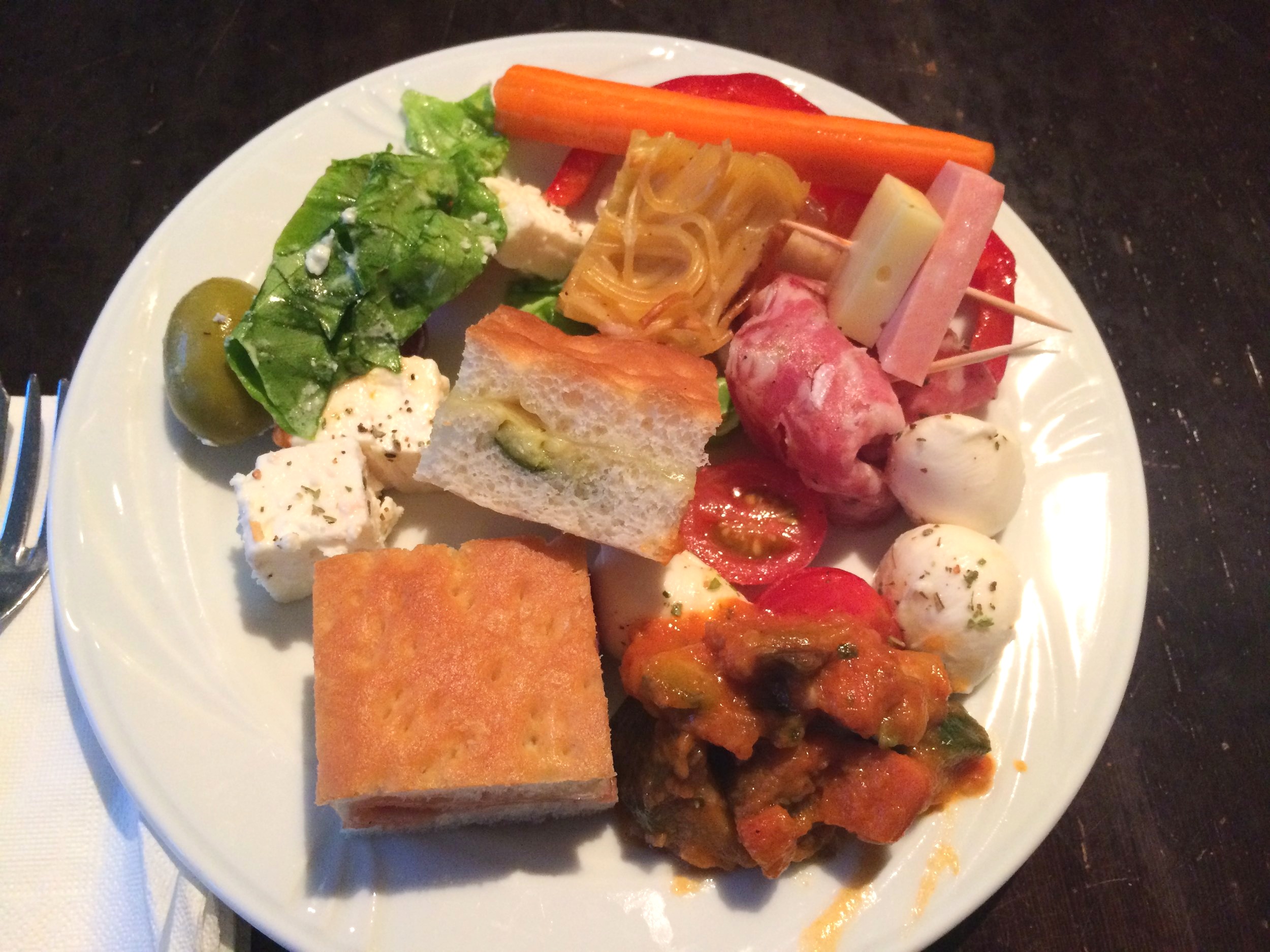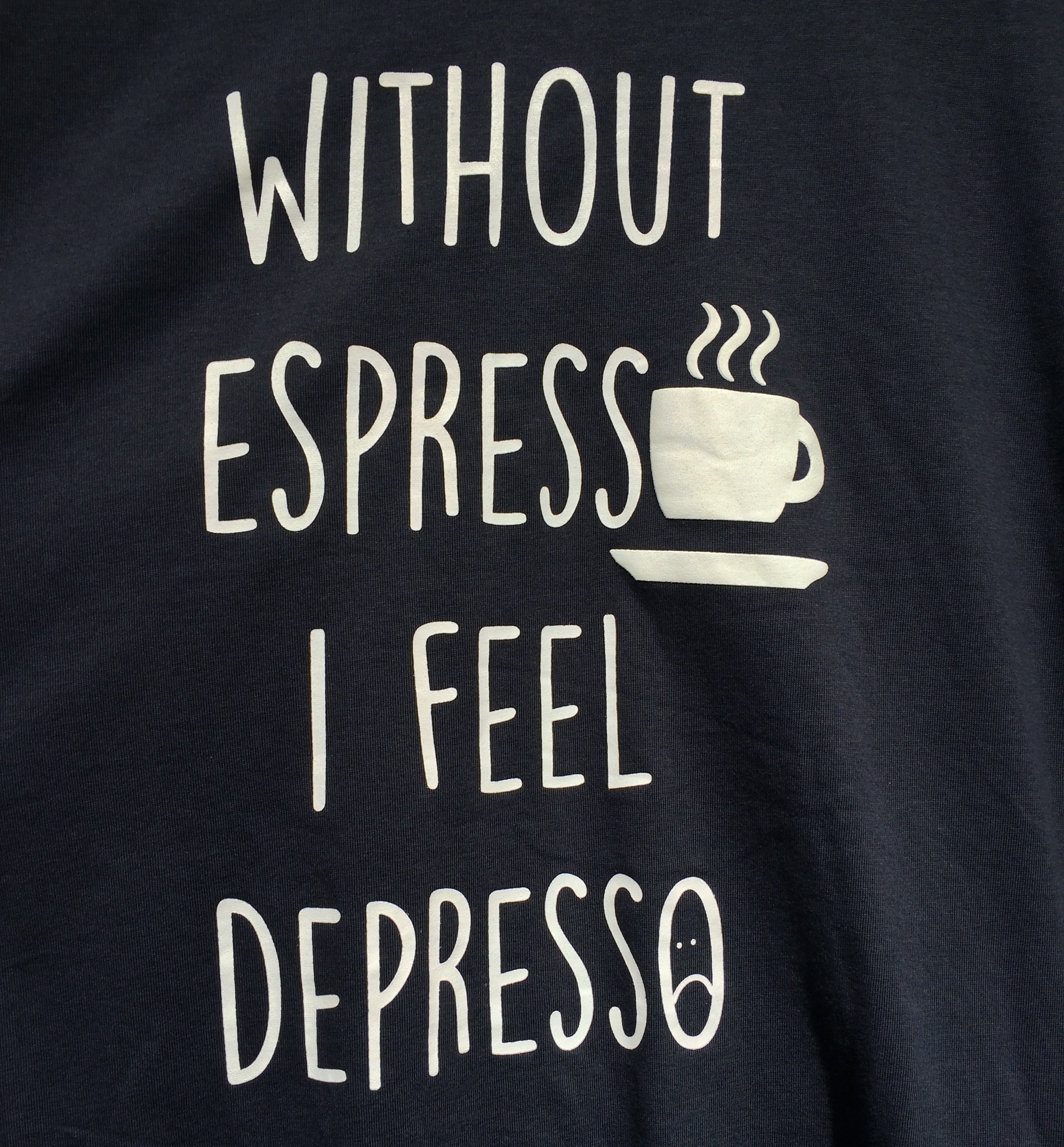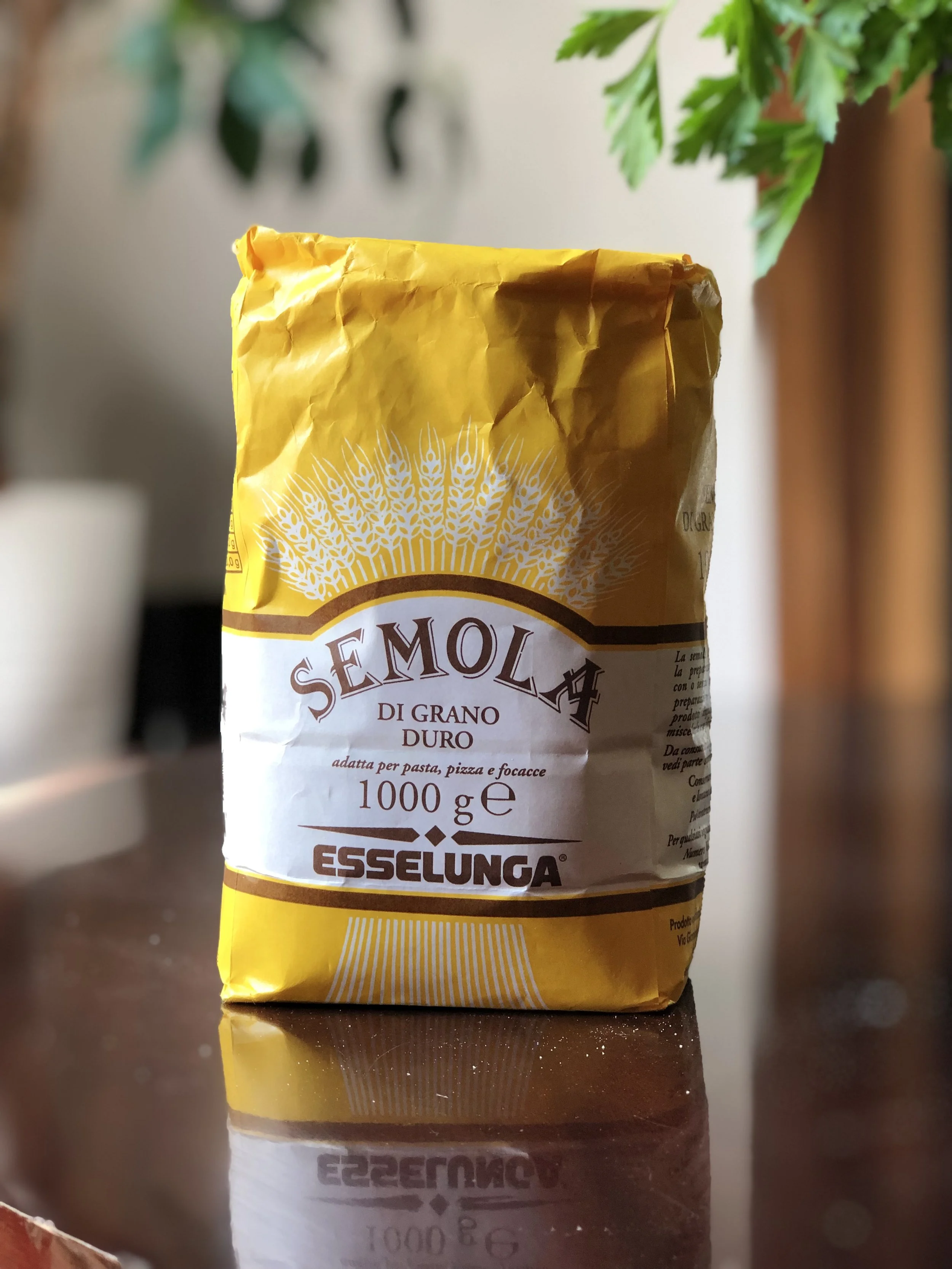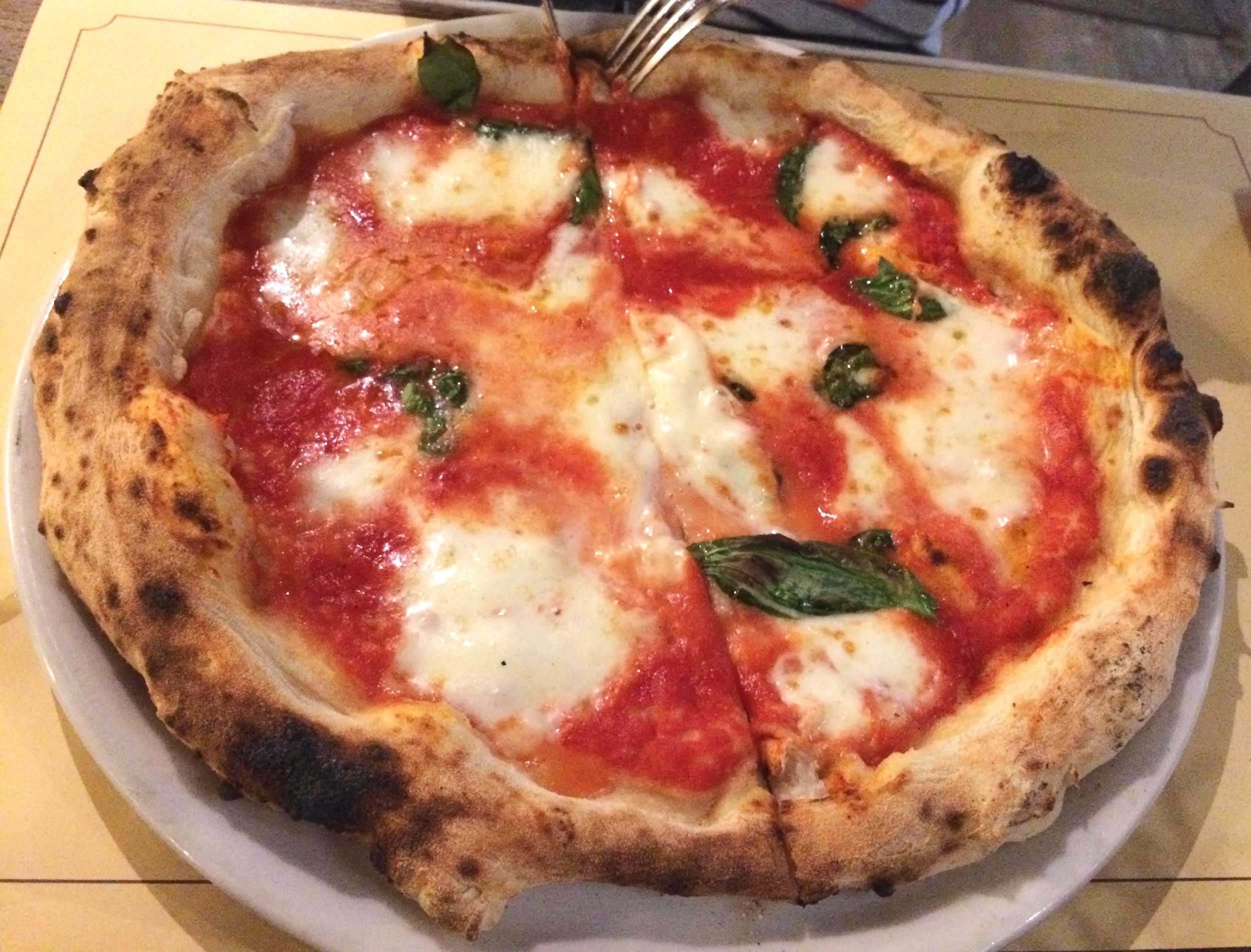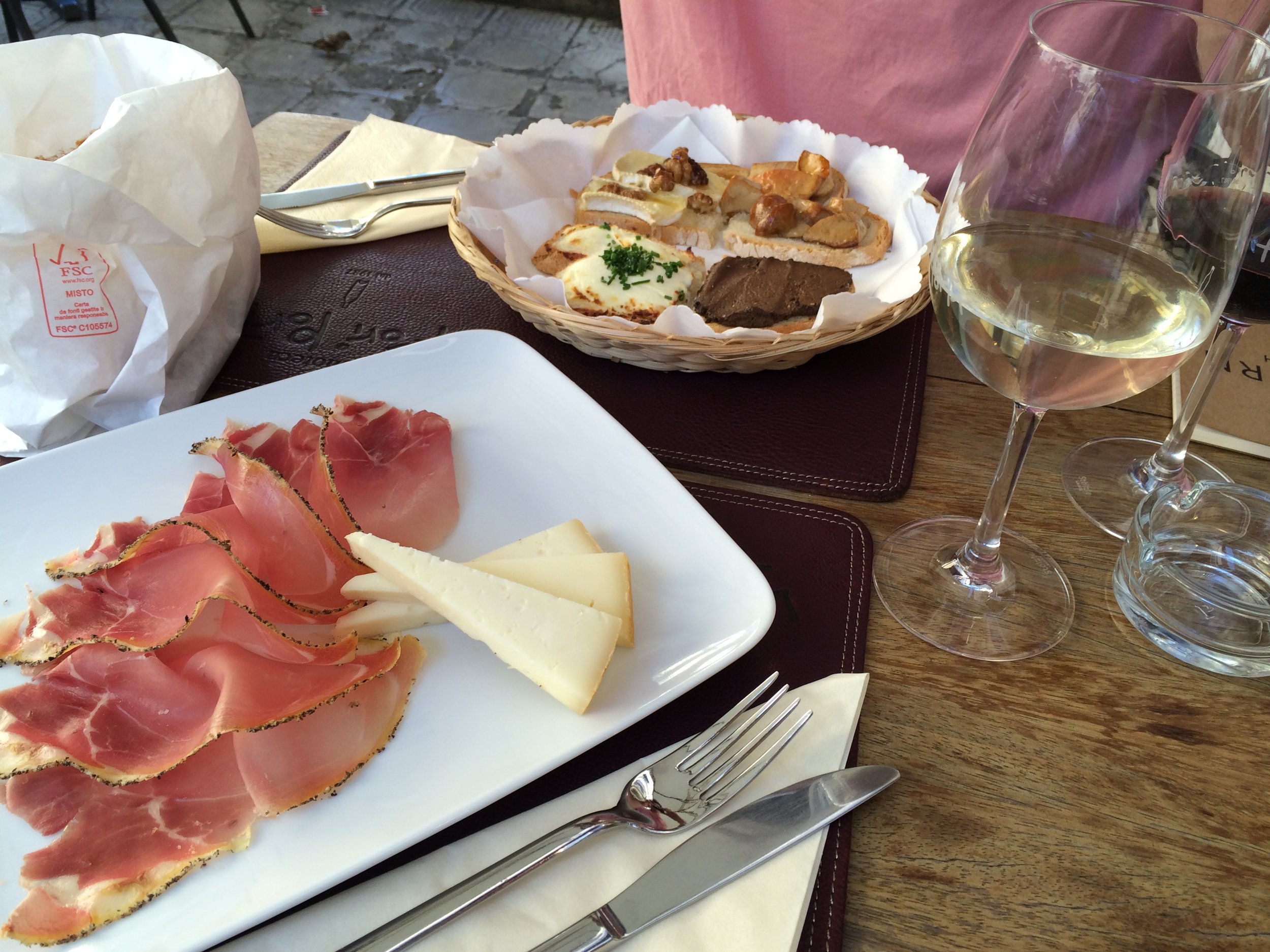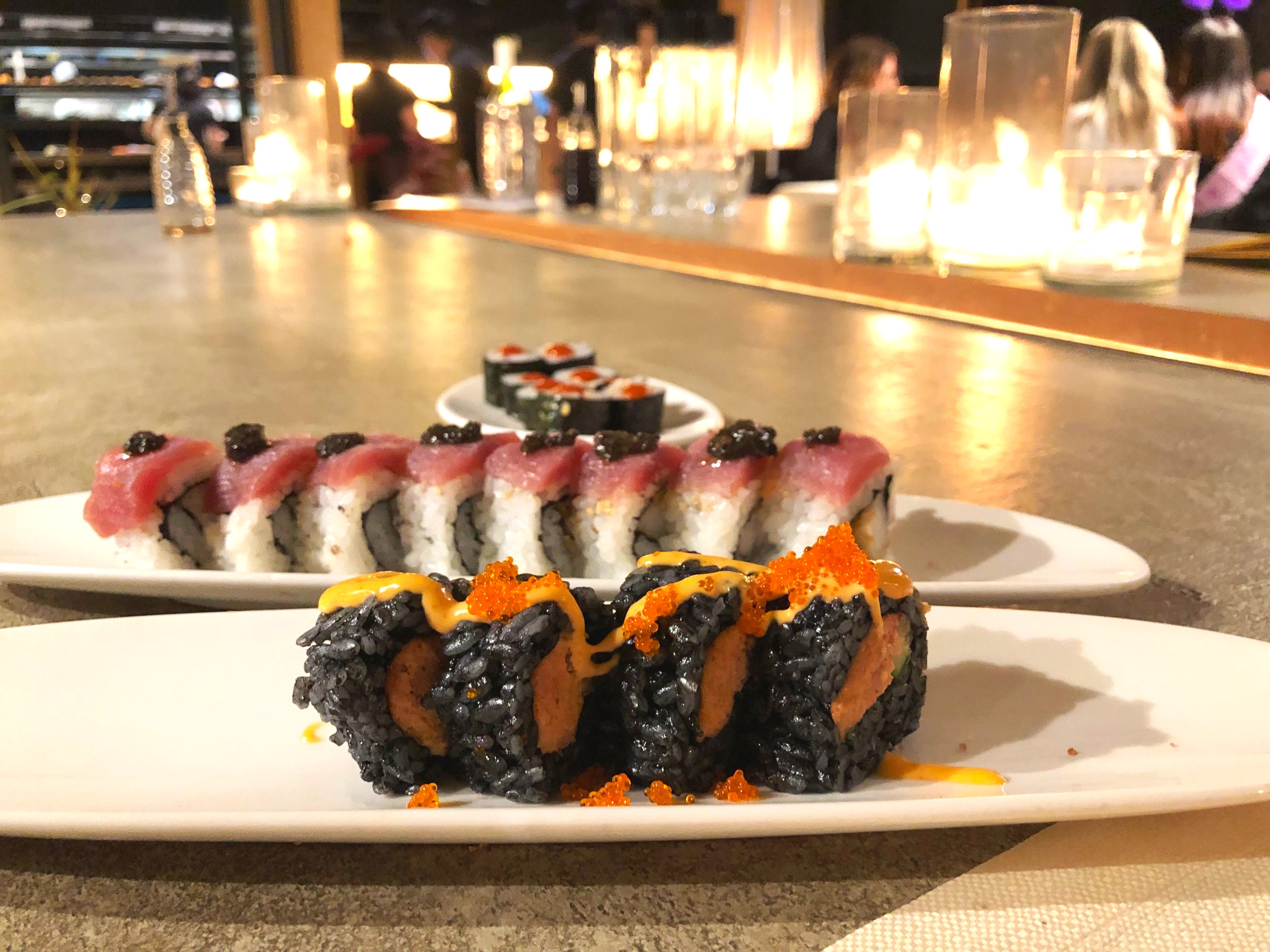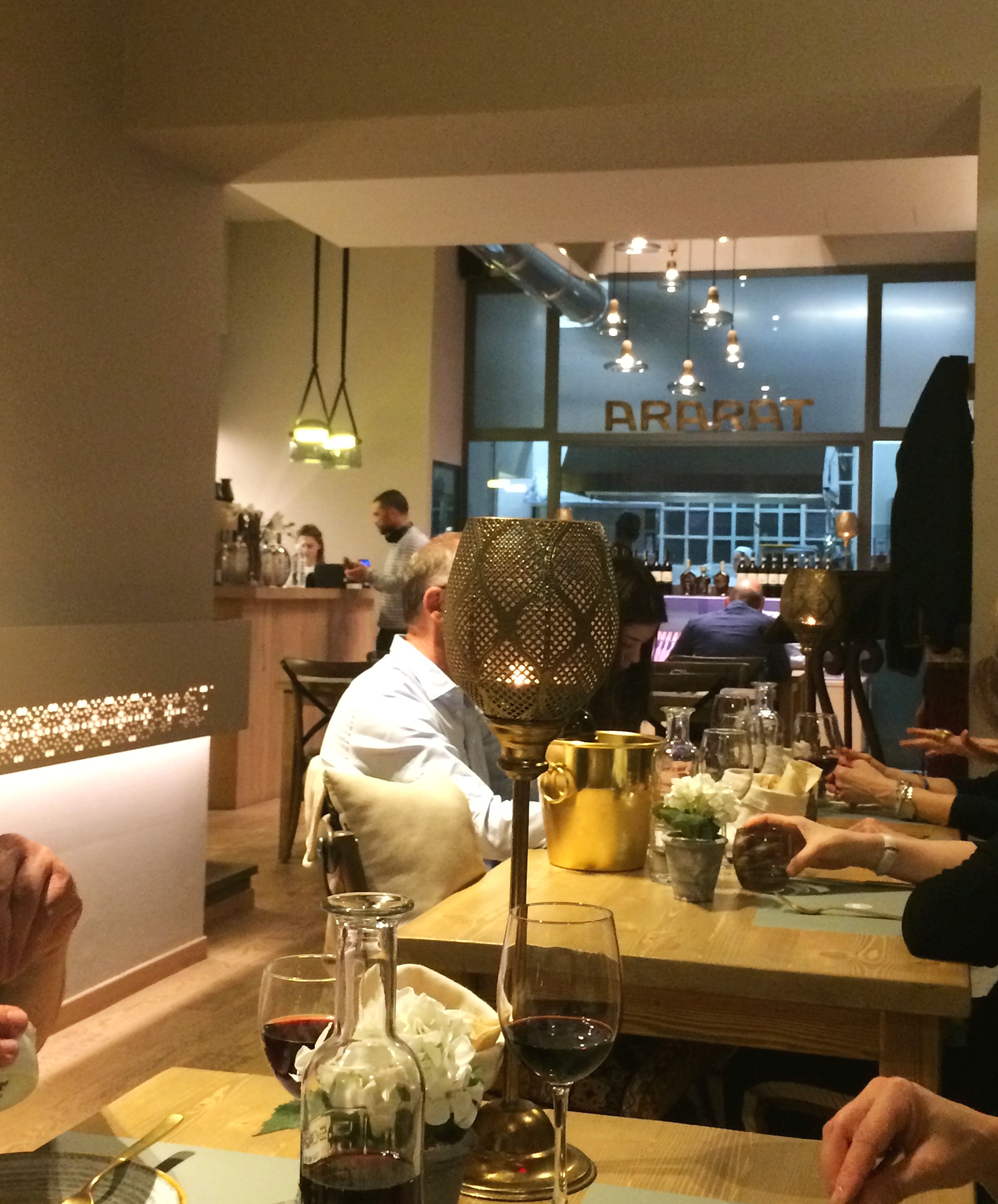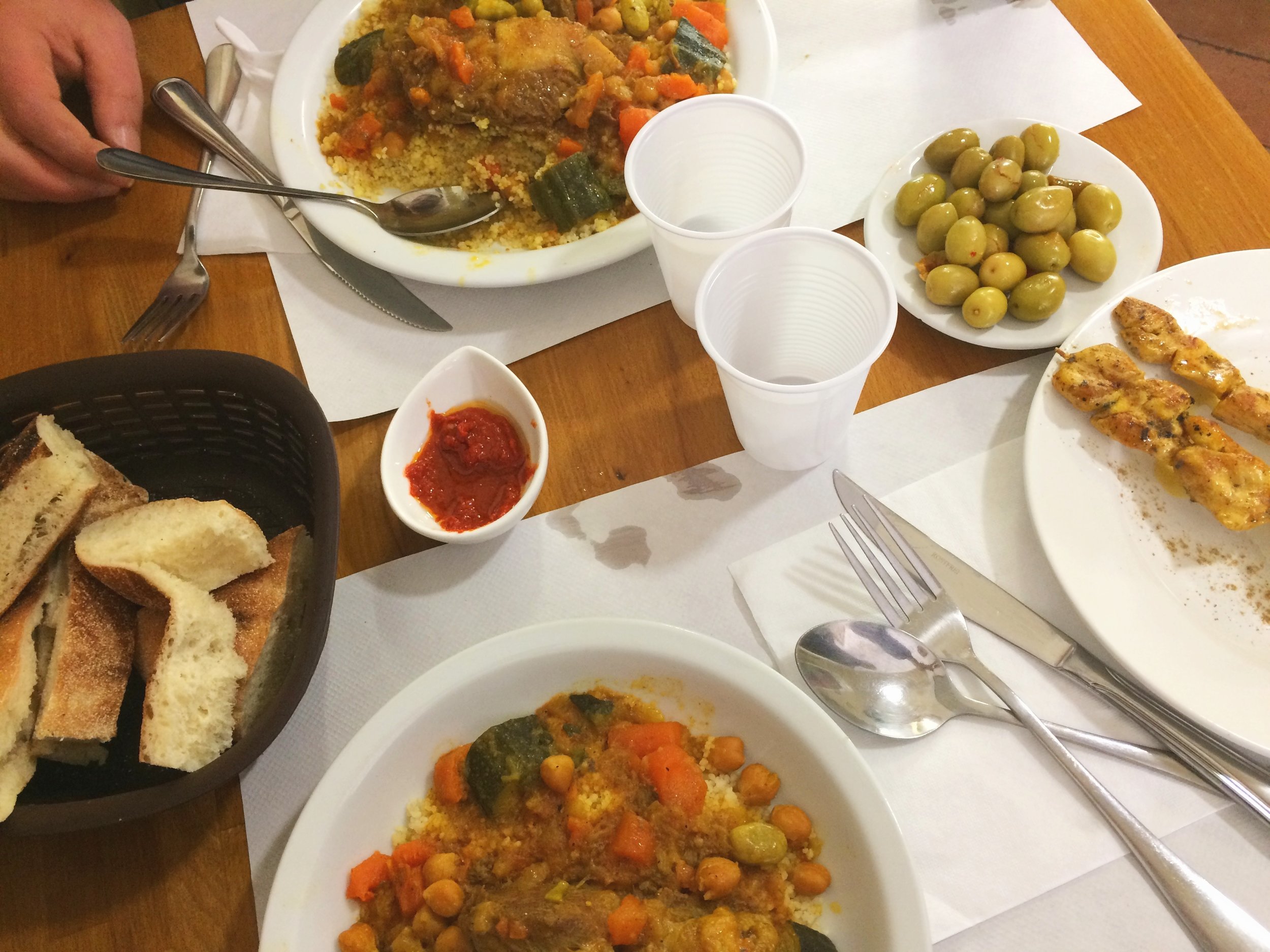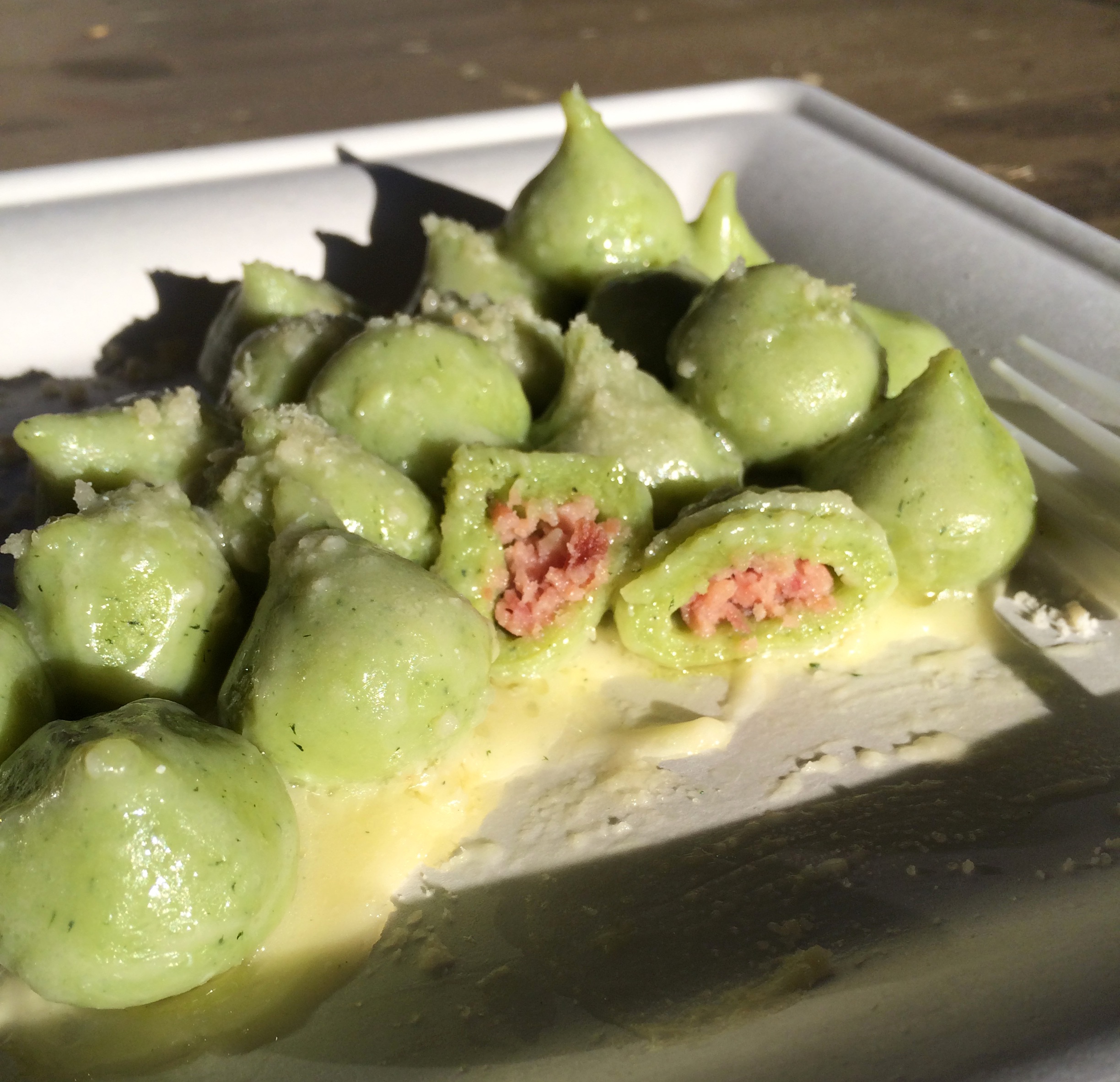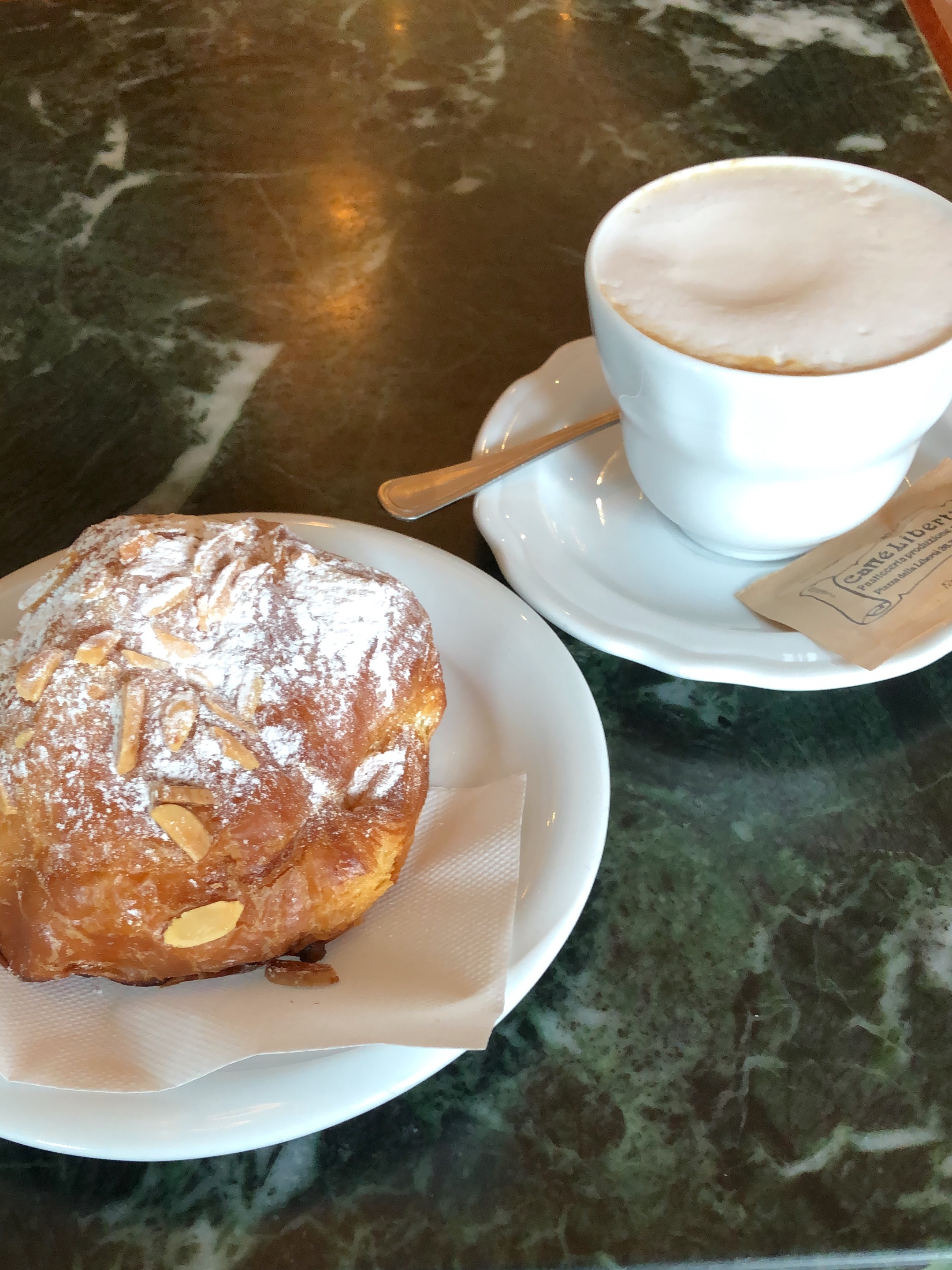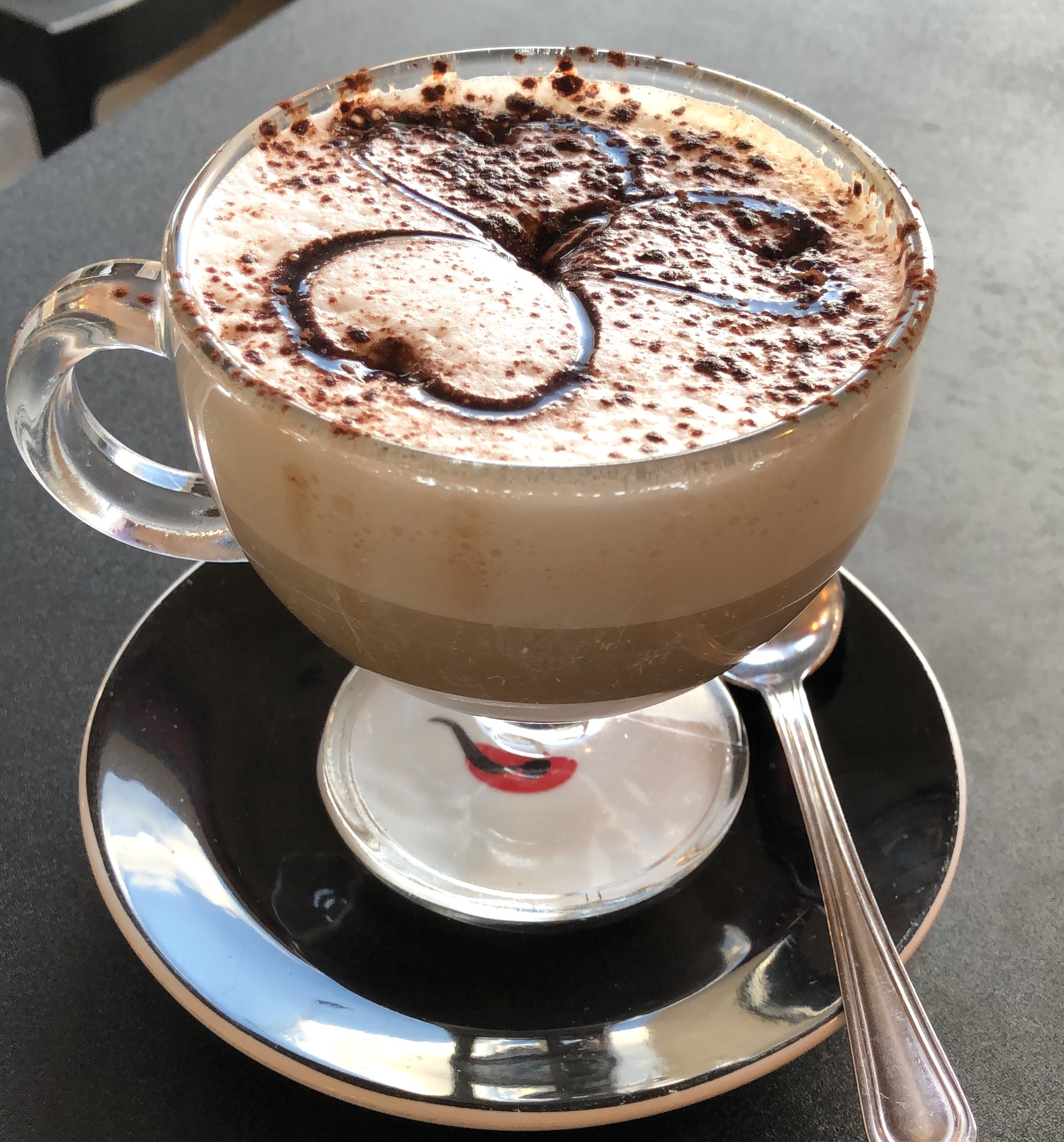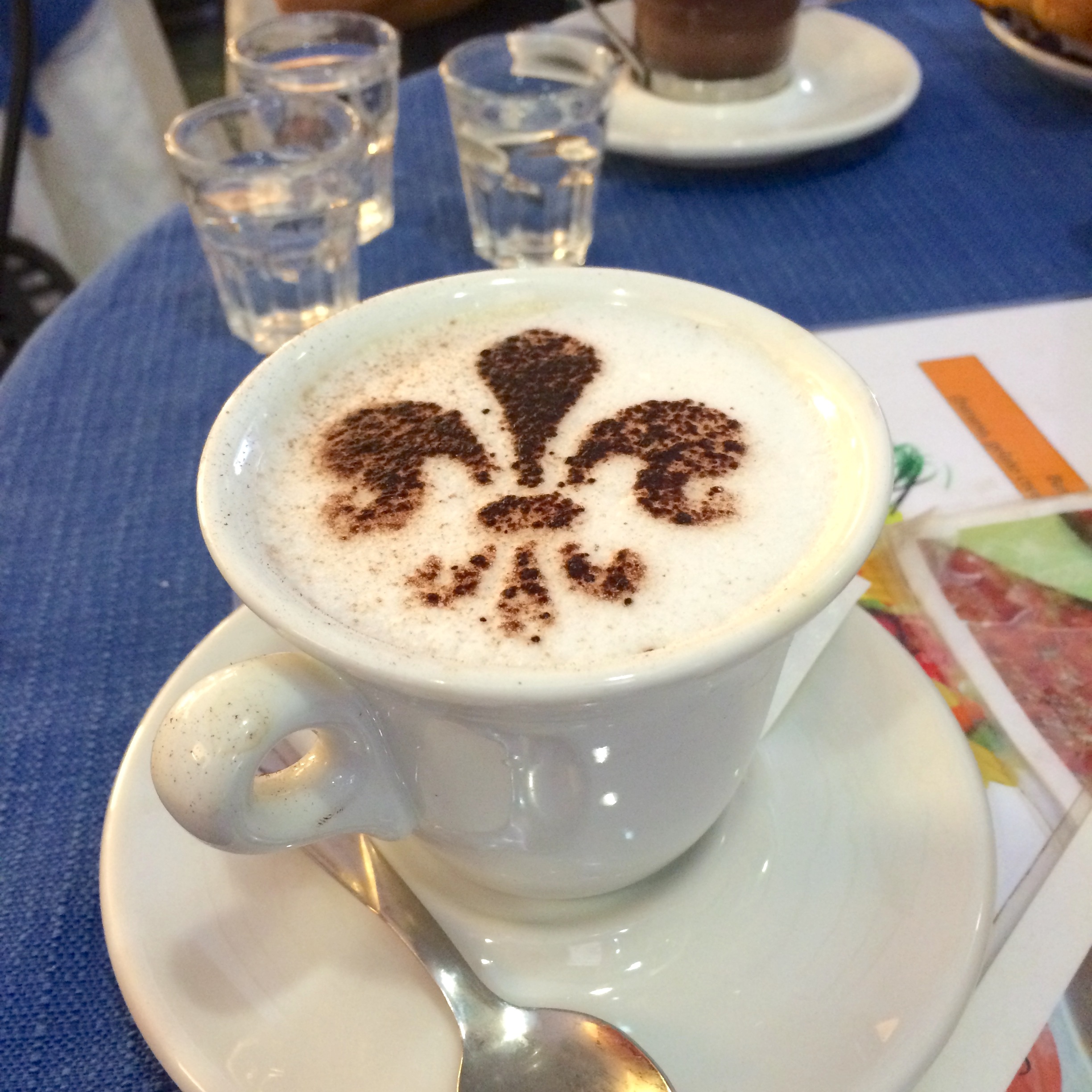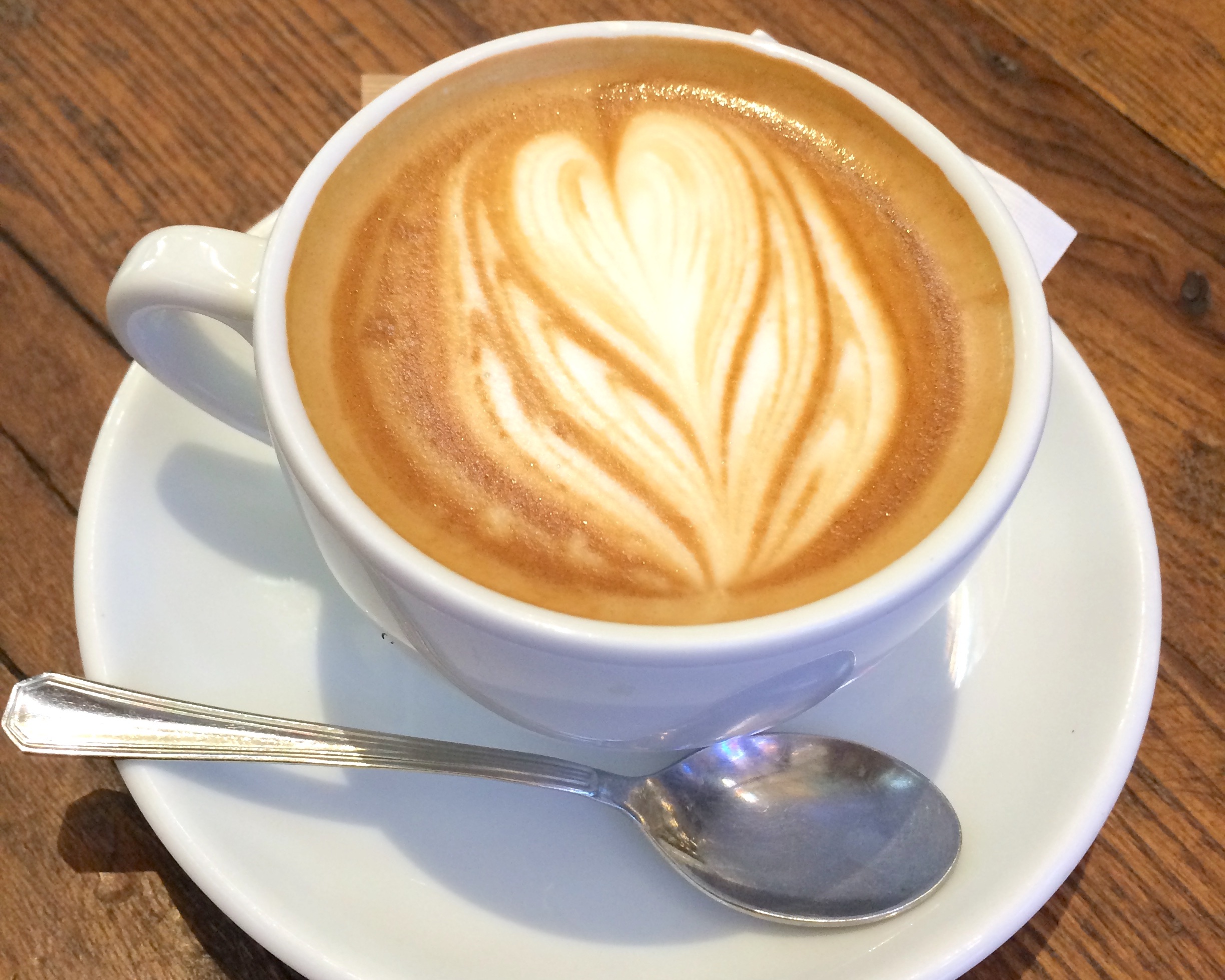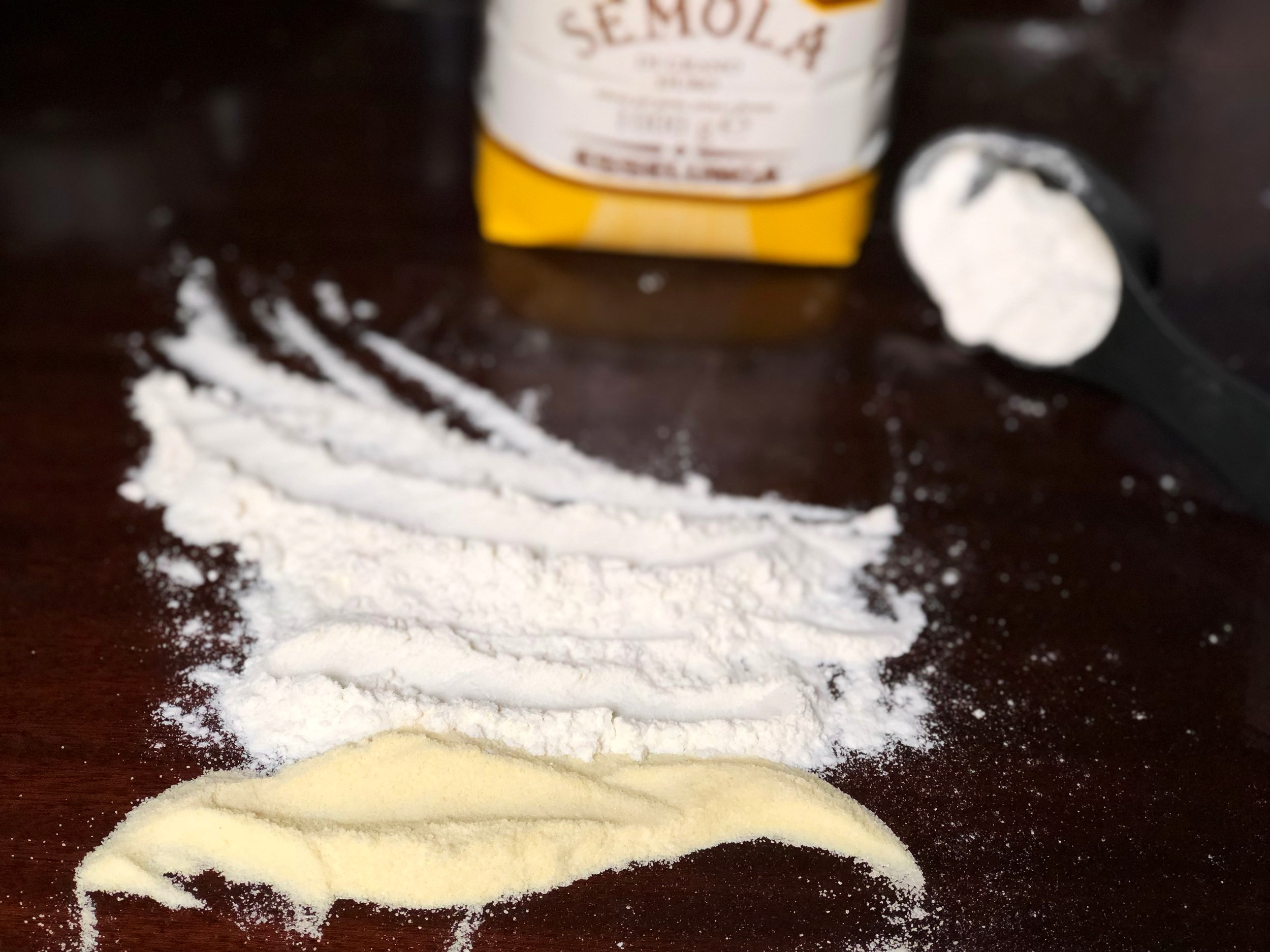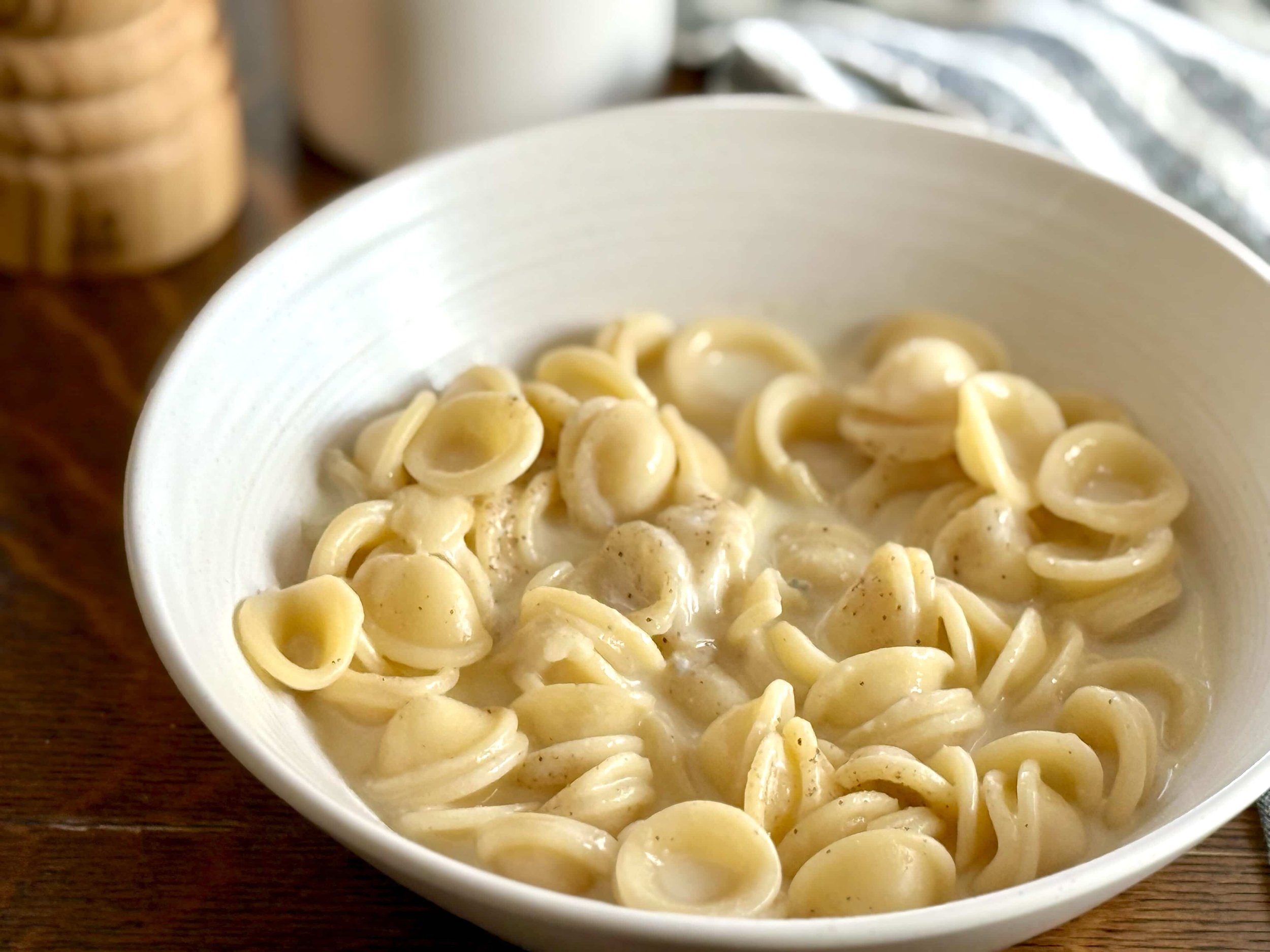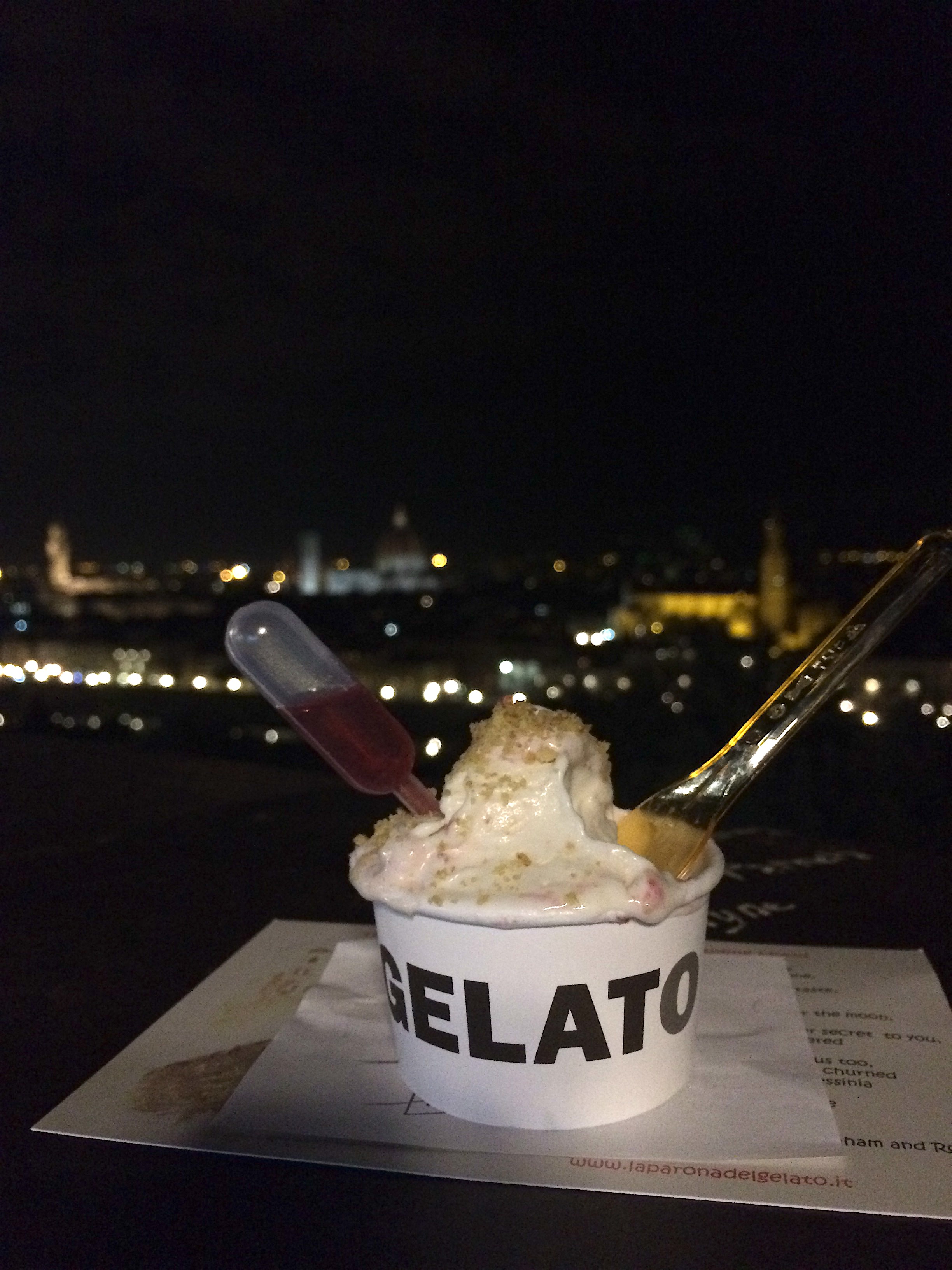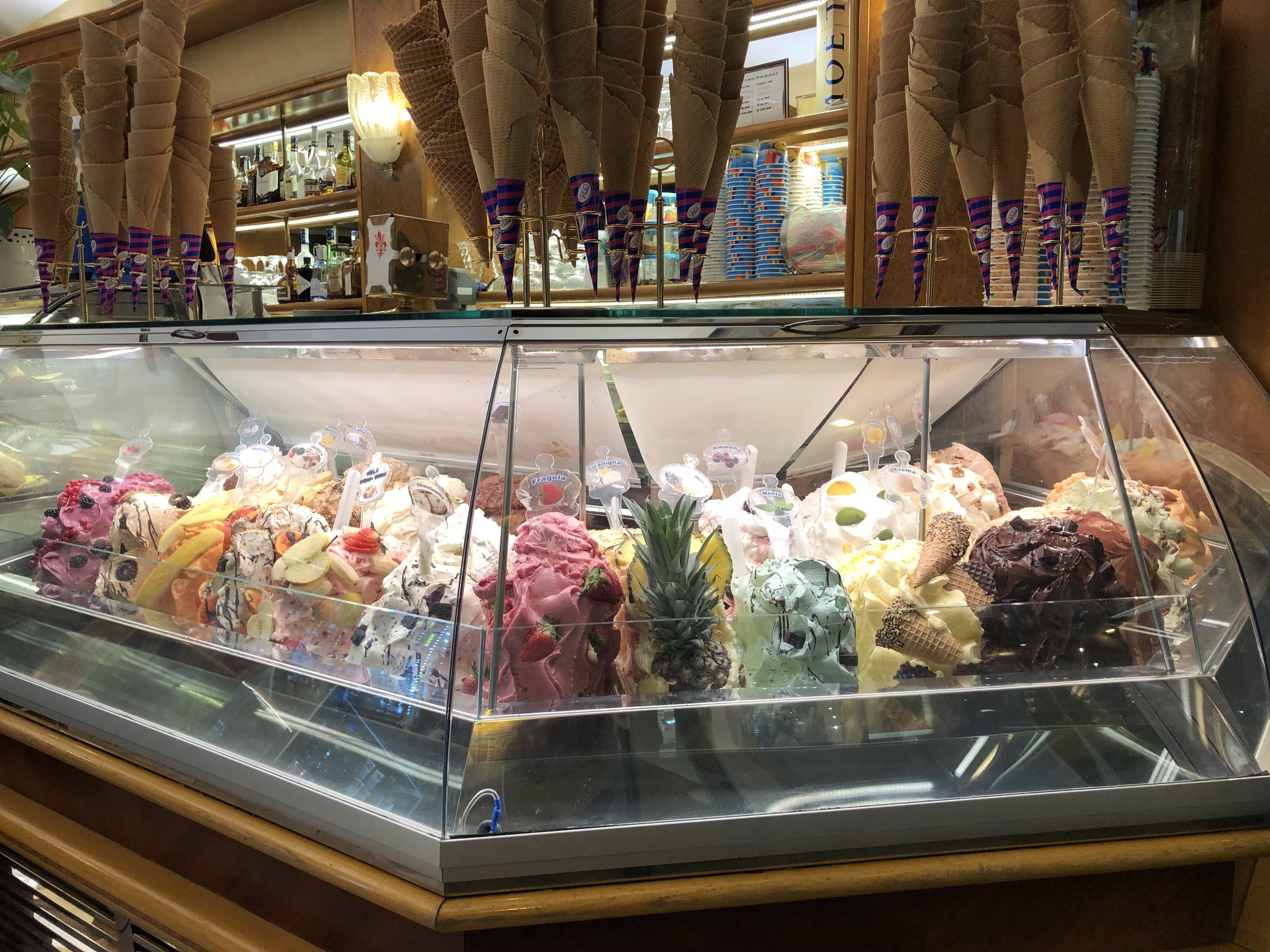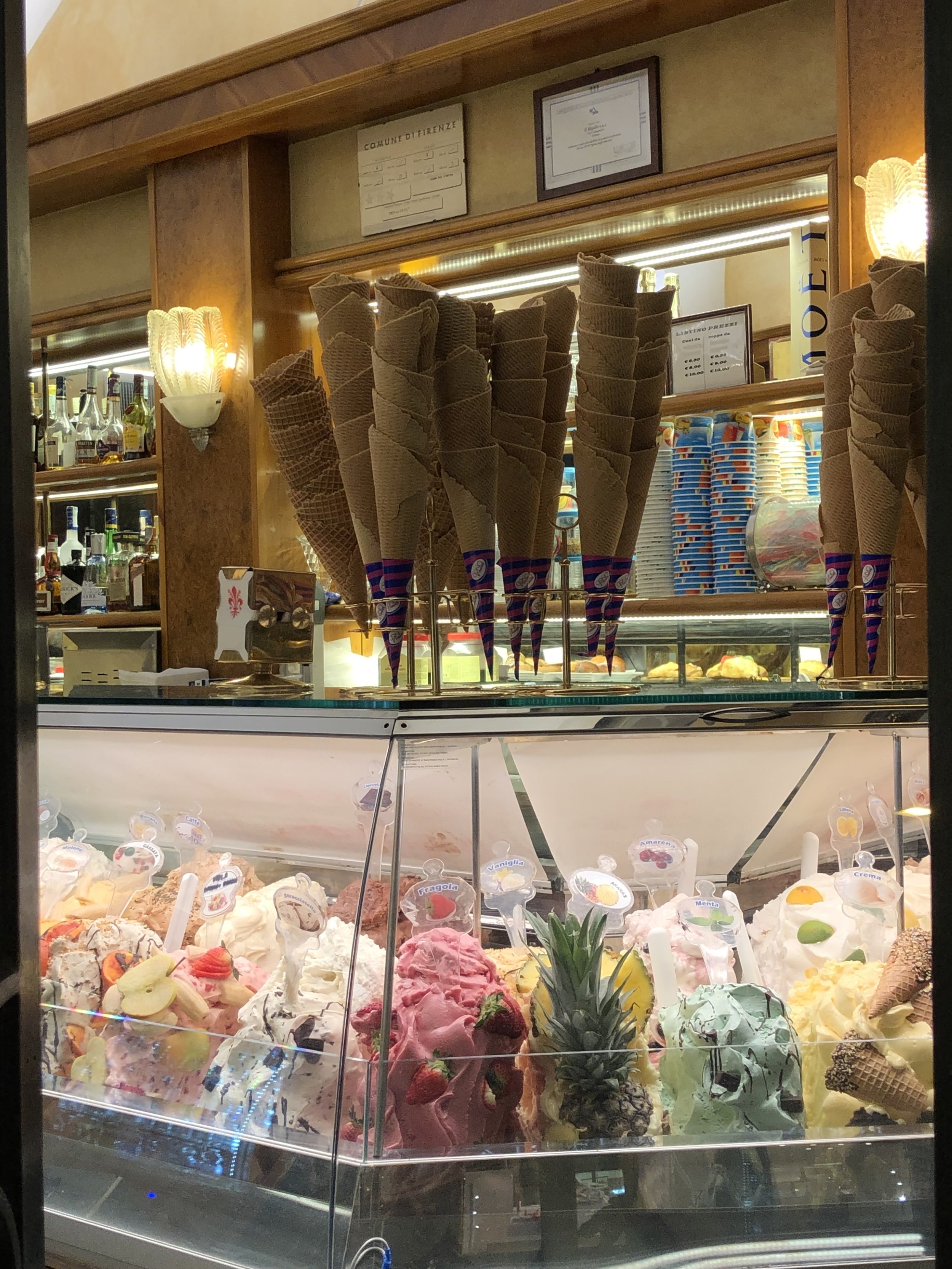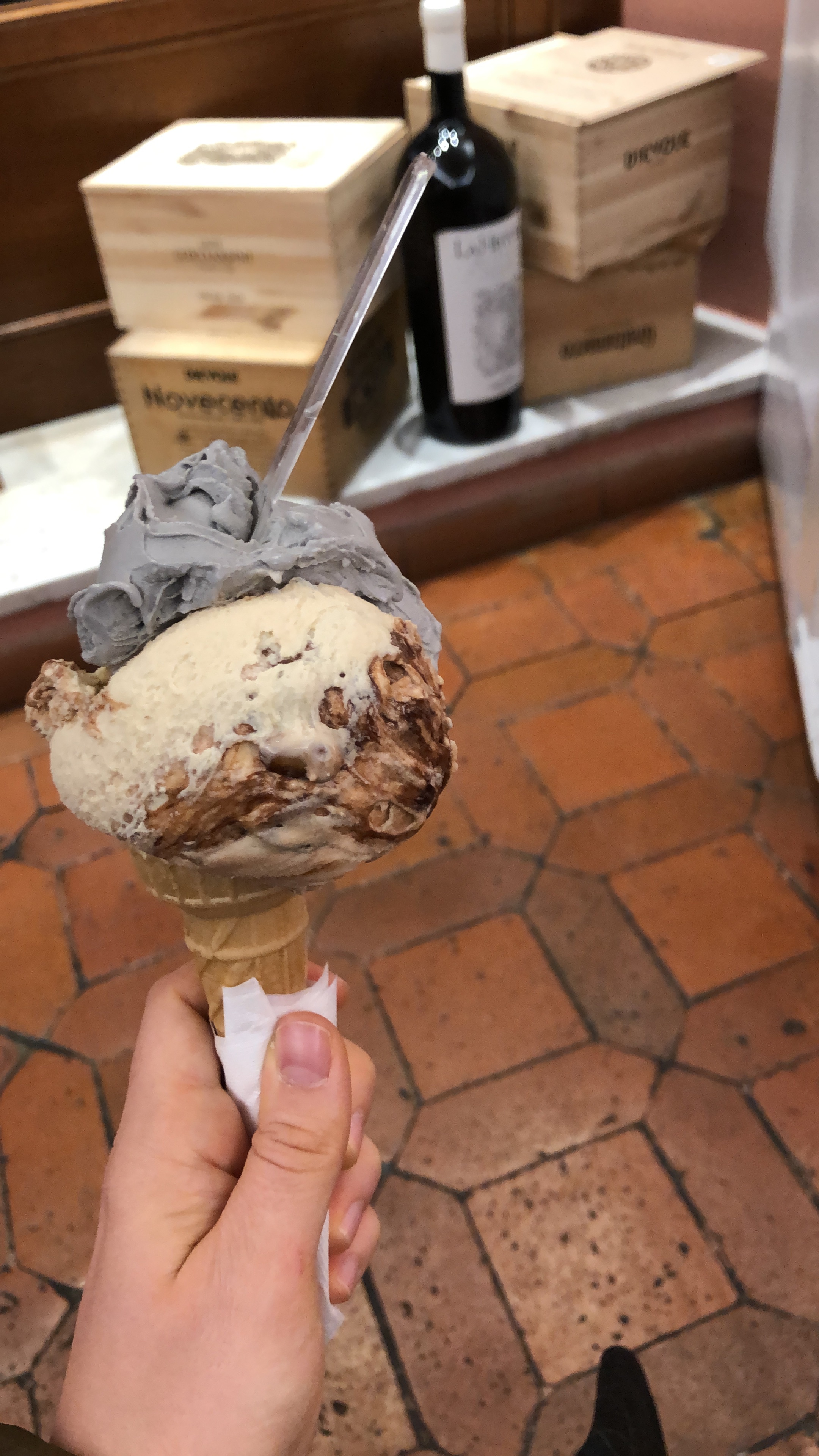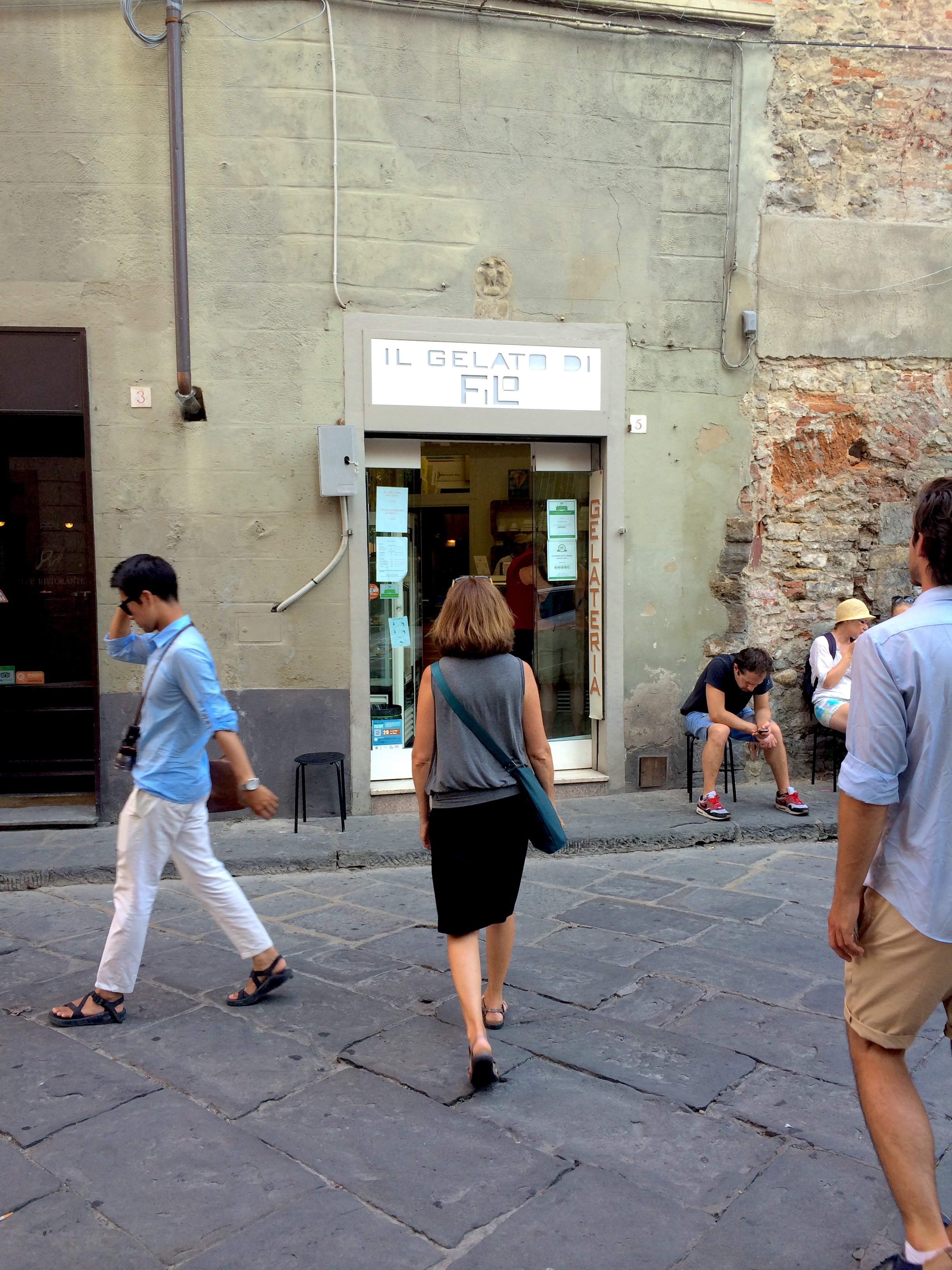Living in Italy: Ingredient Substitutions
/This post is all about how to substitute ingredients for your favorite recipes while living in Italy.
When you first land in Italy, you probably think you’ll never want for food. All the pizza, carbonara, gelato, wine, and parmigiano you could ever want. You could never get sick of some of the best food in the world, right?
Honestly? I never did. But that doesn’t mean I didn’t start really missing food from home while also really enjoying what Italy has to offer. It may hit after just a few days of vacation (oh hey carb belly) or a few months, but the day will come when you find yourself hankering after a good ol’ pb&j sandwich. Or pot pie. Or American pizza. Or whatever it may be. Often I found myself craving food I hardly ever ate while in the US! Foods I previously didn’t care for, suddenly became the most appealing foods that became my mission to recreate in Italy. I guess nostalgia will do that to a stomach. And while some ingredients are readily found, others you have to search harder for, get creative, or just accept substitutions to get you to the closest thing to home.
When you first start cooking in Italy, you might be surprised just how foreign it can feel, no matter how comfortable you are in the kitchen. Different ingredients, different pans, different ovens, maybe a different altitude, all leading to trying to make your mama’s chocolate chip cookies end up feeling more like an episode from Hell’s Kitchen than a relaxing Martha Stewart moment. Do you just switch over and start learning and cooking all Italian recipes? Or do you have to basically relearn your recipes using what’s available to you? Maybe a mix of both?
Regardless of how you approach cooking as an expat in Italy, you’ll run into moments where you will need to substitute some ingredients.
Below I’ve compiled some common, and some uncommon, substitutions or ideas of how to get as close to home with certain things as I could find. I’m sure there are many many more ingredients and dishes I haven’t even thought of or never miss while in Italy, but here are a few to get you started.
I will continually add to this list as I think of more, think of it as an ongoing project. Want to add to this list? Leave a comment or send me a message!
Some ingredients in Italy initially may appear to be hard to find, but are actually available, if you know where to look. If there’s something you’ve been looking for, and it’s not on this list, check out this post on Hard to Find Ingredients in Italy.
In alphabetical order, roughly:
Buttermilk - use plain kefir, sour milk, or plain yogurt.
Buttermilk is known as “latticello” and I’ve never been able to locate it in a store, but the plain kefir that is readily available and cheap works very well in the place of buttermilk!
Otherwise you can use sour milk: Add 1 Tbsp lemon juice or vinegar to 1 cup milk.
You can also use plain yogurt, but you may need to adjust liquid if your yogurt is decently thick.
Canned Green Chilies - use a fresh peperoncino.
A lot of American Mexican cuisine calls for canned green chillis, instead you can use a fresh peperoncino (hot pepper). For less spice, be sure to remove the seeds before adding to your recipe. Canned goods make for quick and easy cooking, but fresh will always taste better, anyway.
Cheese - use Fontal.
The cheese often called for in American recipes, such as cheddar, monterey jack, colby jack, Havarti, etc, are either hard to find or non existent. For many, many recipes, I found the inexpensive grocery store “Fontal” cheese to be a wonderful and versatile substitute. If you need a tasty, good melting cheese, this is your cheese. I often used it in Mexican recipes, for making homemade macaroni and cheese, grilled cheese, or any recipe that involved melting cheese. If you are looking for a swiss cheese replacement, you can get the “emmental” cheese. I’m not a huge Swiss cheese fan and would often use my trusty Fontal even in place of that!
Chili Powder - use an equal amount of paprika dolce / sweet paprika.
Chili powder is essentially paprika with a small amount of spices mixed in, such as garlic powder, onion powder, cumin, etc. I’ve found that often the recipes that call for chili powder already call for those spices (like onion and garlic powder), so I don’t even bother making my own chili powder mix.
Coco Wheats - make your own!
Did you know that coco wheats is essentially just the Italian semolina flour with some cocoa powder? So while you may not be able to buy Coco Wheats here, you can make it with just two ingredients!
Cream Cheese - use mascarpone.
While cream cheese is easily found in Italy (Italians loveeee their Philadelphia), it can be more expensive than you’re used to, so I often use Italy’s less expensive mascarpone. It felt funny at first since mascarpone is usually 4x the price of cream cheese in the USA, but not in Italy, mascarpone’s home country!
Graham Crackers - Use any of the shortbread “frollini” cookies.
Frollìni can be found in the cookie aisle and make great replacements for graham crackers in graham cracker crusts.
Frank’s Red Hot Sauce - This can also be homemade quite simply.
It will not taste exactly like Frank’s, but close enough to do the job! I use this recipe found here
Italian Dressing - easily make your own!
Making homemade Italian dressing is very easy, with ingredients you probably already have on hand! Here is the recipe I use: Homemade Italian Dressing
Italian Seasoning - make your own ahead of time, or just add in the moment some oregano, basil, rosemary, thyme, and marjoram if I have it.
For example, if a recipe calls for 1 tsp of Italian seasoning, I’d probably just toss in 1/2 tsp oregano, 1/4 tsp basil, and a pinch or two each of rosemary, thyme, and marjoram.
Lipton French Onion Dip - you can easily make this homemade, too! Here is my recipe: Copycat Lipton Onion Dip.
This one might seem completely random, but sometimes when people would move away I would end up the recipient of some left-behind goods. One such time a friend left me some grocery items, including Lipton Onion Dip packets. Not something you can find in Italy, nor even something I buy in the States, but I saved them and made them on a couple special occasions. My husband was a fan, so I set out to make a suitable copycat recipe. I succeeded, and of course preferable in my opinion that the ingredients are much healthier than the original packet, anyway!
Pinto beans - use “fagioli barlotti”
I have never seen pinto beans here, but there is another variety of bean that makes a very good replacement, called “fagioli barlotti”. They’re speckled and cook up into a wonderfully soft, buttery bean, perfect for adding to Mexican inspired dishes or mashing to make refried beans.
Refried beans - another one you can make.
Refried beans can be found, but they’re usually expensive, €2-3 or more per can, so I would often make them at home. There is no one refried bean recipe that I’m loyal to, as long as it involves boiling an onion with the beans. I often make it up as I go, but click here for a good refried bean recipe to get you started. Since making refried beans calls for boiling and mashing pinto beans, which don’t exist here, you’ll need to get a good replacement for pinto beans. Get “fagioli barlotti”, see note below on Pinto beans.
Regular-sized chocolate chips - use the mini chocolate chips.
Grocery stores here only carry little boxes of mini-sized chocolate chips. You’ll have to make do with those, or buy a chocolate bar and chop it into larger chunks.
Spice mixes - make your own or use just the most prominent spices in the mix.
We Americans really like our spice mixtures, apparently, or at least judging by all the recipes out there calling for particular spice mixes. I found, while living in Italy, that there is a beauty to using less spices, and focusing on just a few principal ones. Instead of buying a ton of individual spices and trying to recreate all the spice mixes called for in American recipes, I would just use the principal spice or two in each “mix” called for. Of course, some spices shouldn’t be simplified, like curry spice. The recipe will NOT taste the same if you only add, say, turmeric. Thankfully, curry powder is readily found in Italian grocery stores. Other spices mixes, like the Italian seasoning mentioned above, is usually called for because someone is making an “Italian” or “Italian inspired” dish. The truth is, if you simplify and substitute just some oregano for the Italian seasoning, the flavor will still be wonderful and actually, probably closer to a true Italian dish. In fact, I can’t currently think of an Italian dish that calls for dried basil, oregano, rosemary, thyme, marjoram, and garlic all in the same dish…but ironically, a lot of American dishes do, so refer to #3 if you miss that particular taste!
Sour cream - use plain yogurt.
While you can find sour cream or “panna acida” here, it’s not readily available, a little bit pricy, and not usually refriegerated. I almost always opt to use plain yogurt in place of sour cream, whether in baking or as a topping, it works very well.
Vanilla Extract - use vanillin, vanilla bean, or make your own.
While there is no real vanilla extract in Italy, you can find artificial vanillin flavor sold in any grocery store, or use a vanilla bean, also found in grocery stores. Vanilla bean gives you the best vanilla flavor, but it’s also the most expensive. For a more sustainable solution, you can make your own vanilla extract by slicing open some vanilla beans and adding them to a bottle of vodka. Age for at least 3 months and you’re good to go!


